Why children should go barefoot
Better musculoskeletal health for kids - from the ground up...
How do your feet feel right now? How well do they support your body?
As they walk around and between their small villages, hidden in the rainforest, the Macushi tribe of Amazonian Amerindians wear either flip-flops or no shoes at all. When they kindly hosted and taught us for a large part of last year, their feet fascinated me. I looked at the beautiful strong feet of octogenarians, I watched men fishing with their feet, and I watched children, agile as monkeys, climb effortlessly to pick fruit. Their feet were universally strong, deep, and had the widest part from the end of the little toe to the end of the big toe.
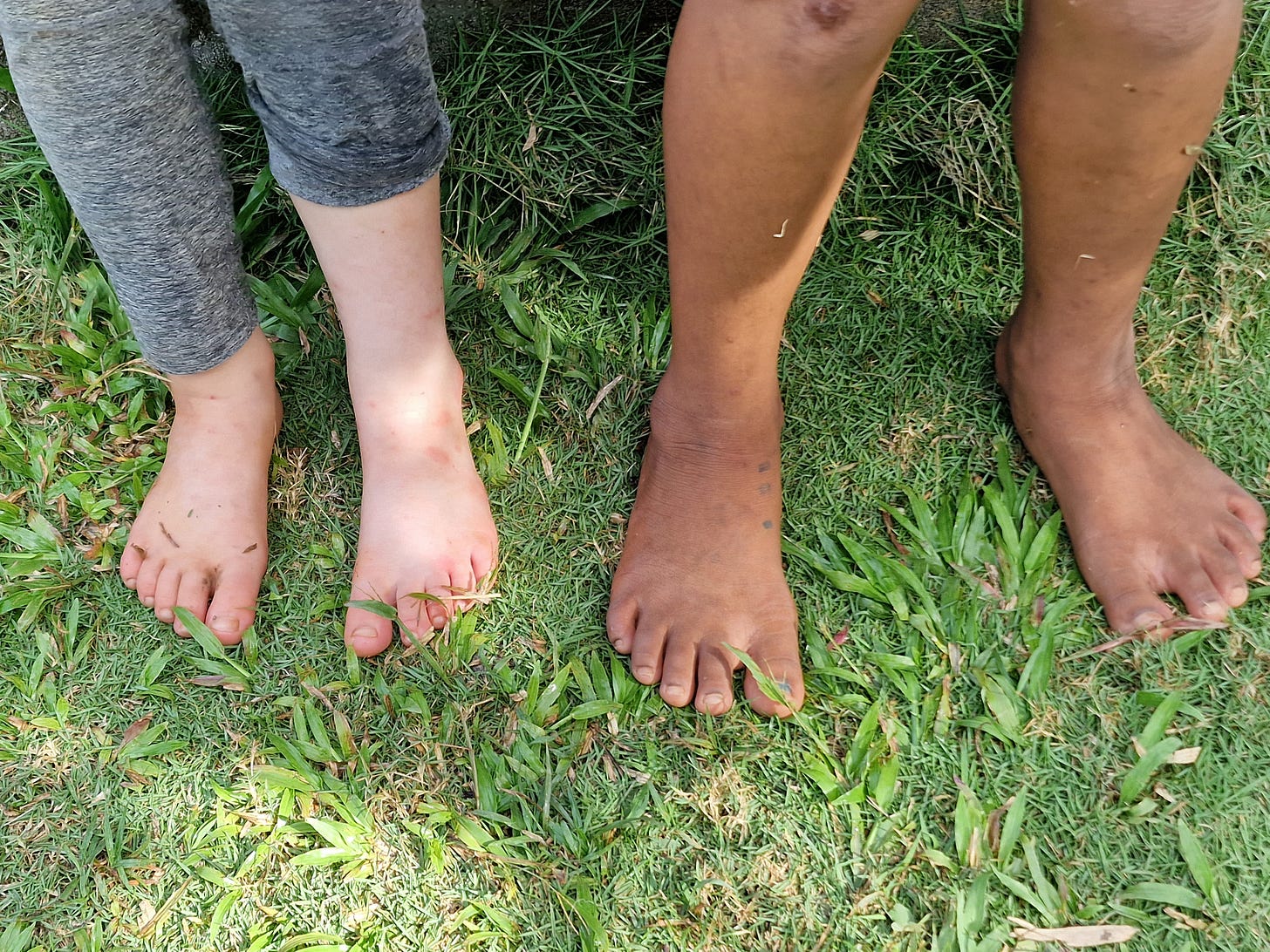
And this was why travelling to Tanzania was such a shock. Colonialism imposed restrictive Western “civilised” shoes along with many other cultural and physical restrictions (the Macushi escaped early Westernisation thanks to the swathes of dense, bug-infested rainforest that surrounds their home lands). Across most Western-colonised African lands, bare feet were taboo, uncivilised, unWestern, and so shoes were required everywhere. Decades on from independence, most Tanzanian feet are crushed into submission from an early age. And the feet inside those shoes look like Western children's feet - long and thin and floppy, with toes cramped and often overlapping.
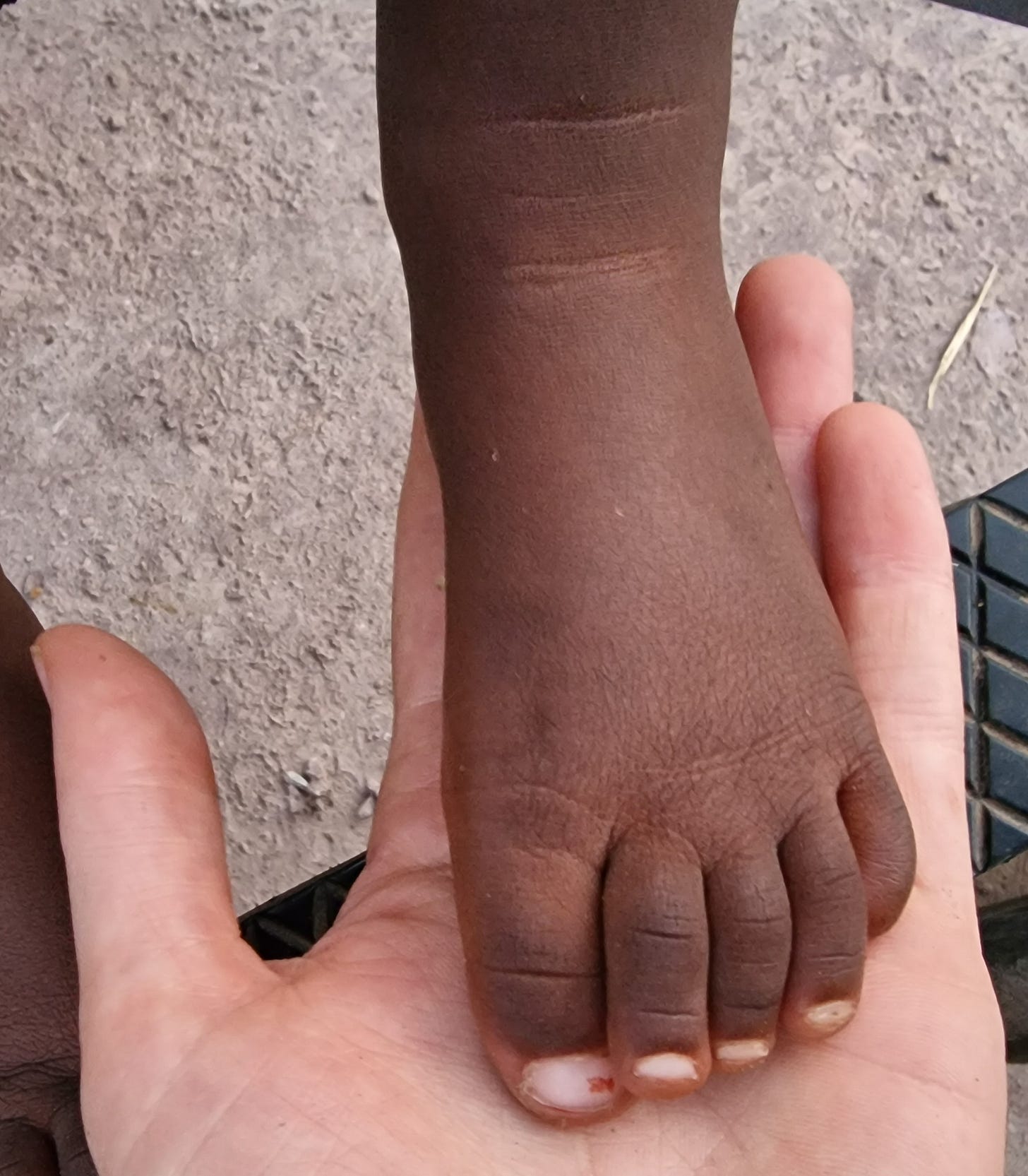
Western shoes restrict foot movement
I doubt many of you are surprised by this. Many of us have read ‘Born to Run,’ the book on barefoot running that persuaded loads of people to ditch their super-padded, heeled, narrow-toed running shoes and head out wearing tiny little foot-gloves, causing much angst and sole-searching (intended) among podiatrists and orthopaedic surgeons. And we know that Western shoes:
Enforce limited flexing of the foot (due to stiff sole and limited height for the arch to flex),
Reduce ankle angle (due to the raised heel),
Compress the toes side-to-side (due to the too-pointed end),
Compress the toes end-on (due to smooth insole, sock layer, and slope repeatedly making the foot slide to the front of the shoe).
And finally, cook them toward fungal infections in a high-humidity sweatbox, further heated by the friction of a foot sliding around on that smooth insole. Mmmm…
I can look down at my own feet and see the effects of nearly four decades of Western shoes. My big toe points in, I have a nail infection that never goes away, and one toe joint doesn’t properly move. However, five years ago, I transitioned slowly to minimalist shoes (thanks to an arrogant shoe salesman who told me, patronisingly, as I was sitting miserably on the floor pulling on my twenty-second pair of hiking shoes, that the reason that the shoes were uncomfortable was because my post-pregnancy feet were “the wrong shape”). My feet are much stronger than I’d ever thought possible. With an absurd amount of practice (hell, we all need a hobby), I’m almost able to move my toes individually. The clunk in the middle of my foot has finally disappeared. My feet move better now than they’ve ever moved.
Western shoes affect how children learn to move
But shoes don’t only change foot appearance and how our feet move now. The shoes I wore as a child affected how I learned to move.
Anyone who's watched a one-year-old trying to walk in their first pair of shoes knows that modern Western shoes interfere with walking. If the damage was just ‘they hate it and some toddlers fall over more’, that would be enough cause to fix things, but it's not. It's not even the fact that walking and running in shoes increases kids’ risk of injury by up to 760% (from a habitually barefoot Kenyan population in which some kids now wear shoes - Aibast et al, link below). It's so much worse:
Early walking shapes adult gait pattern and associated reflexes. Adult gait pattern and associated reflexes affect how many times you're going to trip and fall throughout your life. This alters your likelihood of injury as an adult. Strike one.
Adult gait pattern and associated reflexes also change your energy efficiency while walking or running. Aside from their lack of medals at the Olympics, adults who find walking or running more tiring are more likely to fall into sedentary life and associated diseases. Strike two.
And adult gait pattern and associated reflexes determine which muscles you use to walk, which determines which muscles get strong, which determines the balance of tension across your hips, back, and joints. Set this up wrong, and you're in for a life of aches and pains. That's strike three, but (unlike an actual pupil) three strikes isn't enough to remove restrictive shoes from the public school system. Unfortunately.
Trying to regain foot strength and movement is hard
I try very hard to run in my minimalist shoes. I’ve done 5ks. But I’m struggling, every step, against the habitual movement patterns that I developed when I was a child. I know that walking in minimalist shoes is better for my health in the short and long term and I do that every day, but that doesn’t mean that I’d be able to run ultramarathons in minimalist shoes. My body is literally not built for those - and never will be, now I’m done growing. What a great excuse, eh?
And this is why many podiatrists and orthopaedic surgeons are not big fans of minimalist shoes. They cite Western studies that show that moving to minimalist shoes for running increases injury rates (see below). And that’s not really surprising, right? Most of the people transitioning will have childhood movement habits that don’t include barefoot running. And our barefoot running movements are built on a LOT of barefoot walking movements - how many of us have time for that? And our muscle lengths and strengths are shaped by how we move: for most of us, those movements are more chair-sitting, toilet-perching, and screen-staring than floor-sitting, squat-toileting, and stream-wading. I’m not surprised that many of us can’t run barefoot without getting injured.
And in fairness to those podiatrists and orthopaedic surgeons, we have so few children who’ve grown up with feet that move normally that we don’t have control groups for our studies on footwear. We’ve started to believe that shoes are normal and anything else is a drastic intervention. We need to look outside our Western cultural bubble to see how feet are meant to function in other societies. I’m sure you’re sick of this topic now, but if you’re a glutton for punishment, there’s more in my upcoming book, “Growing up WEIRD.”
But there are things we can do to improve ours and our children’s foot health
So what’s my advice? For adults - moving towards minimal shoes for your daily activity will put the forces of walking through the parts of your body that have evolved to withstand them, making your movement more physiological and giving you a better chance of moving into old age with a body that does what you want it to do. I’m a big fan of walking in minimalist shoes. But transition very slowly, read Katy Bowman’s book (see below), and listen to your body when you’re running.
For children, make sure that you’re either wearing no shoes or good shoes. Here’s my good-shoes spotter’s guide:
First, good shoes are like bad poker players. They fold easily. As a rule of thumb, if the wearer can easily roll up a pair of shoes (in both directions - sole in and sole out), then they’re not too hard. I am stronger than a child so I can easily roll up, and hence wear, harder shoes. My husband can easily roll up harder shoes than I can, so he wears harder shoes than I do. A baby cannot roll shoes at all, so, no shoes at all for baby.
Next, good shoes are wide enough that they don’t push the toes together. At all. Not even a little bit. The toe part of the shoe (the ‘toe box’ for any cobblers amongst us) should be the widest part of the shoe. And foot-shaped shoes aren’t useful if the little feet are squashed into narrow socks first.
Good shoes are the same depth all the way along. No thicker sole at the heel. At all. Not even a little bit.
And finally good shoes don’t slip off. Shoes that slip off need a modified gait to keep them on the feet, which, you know, misses the entire objective of developing a good gait. Saying that, though, flip flops don’t seem to affect a child’s gait as much as previously feared.
There are companies that sell custom made ‘minimal shoes’, but water or wetsuit shoes are much cheaper, often available second hand, and fit easily through the letterbox. But, remember, please, that shoes are for when no-shoes is not possible.
You may also like:
Prefer a podcast?
Notes
This is a great read on how colonialism affected African dressing https://www.decolonialthoughts.com/post/modernising-the-primitive-african-the-influence-of-colonialism-on-african-dressing
760% higher injury rate with shoes? Really? https://eprints.bournemouth.ac.uk/30086/1/Foot%20Structure%20AAM.pdf
Injuries in Western runners in minimal shoes: https://journals.sagepub.com/doi/abs/10.1177/0363546516682497
If you’re thinking about transitioning towards minimalist shoes - you need to read this: Katy Bowman’s Whole Body Barefoot. Or check out her amazing podcasts here: https://www.nutritiousmovement.com/podcast/


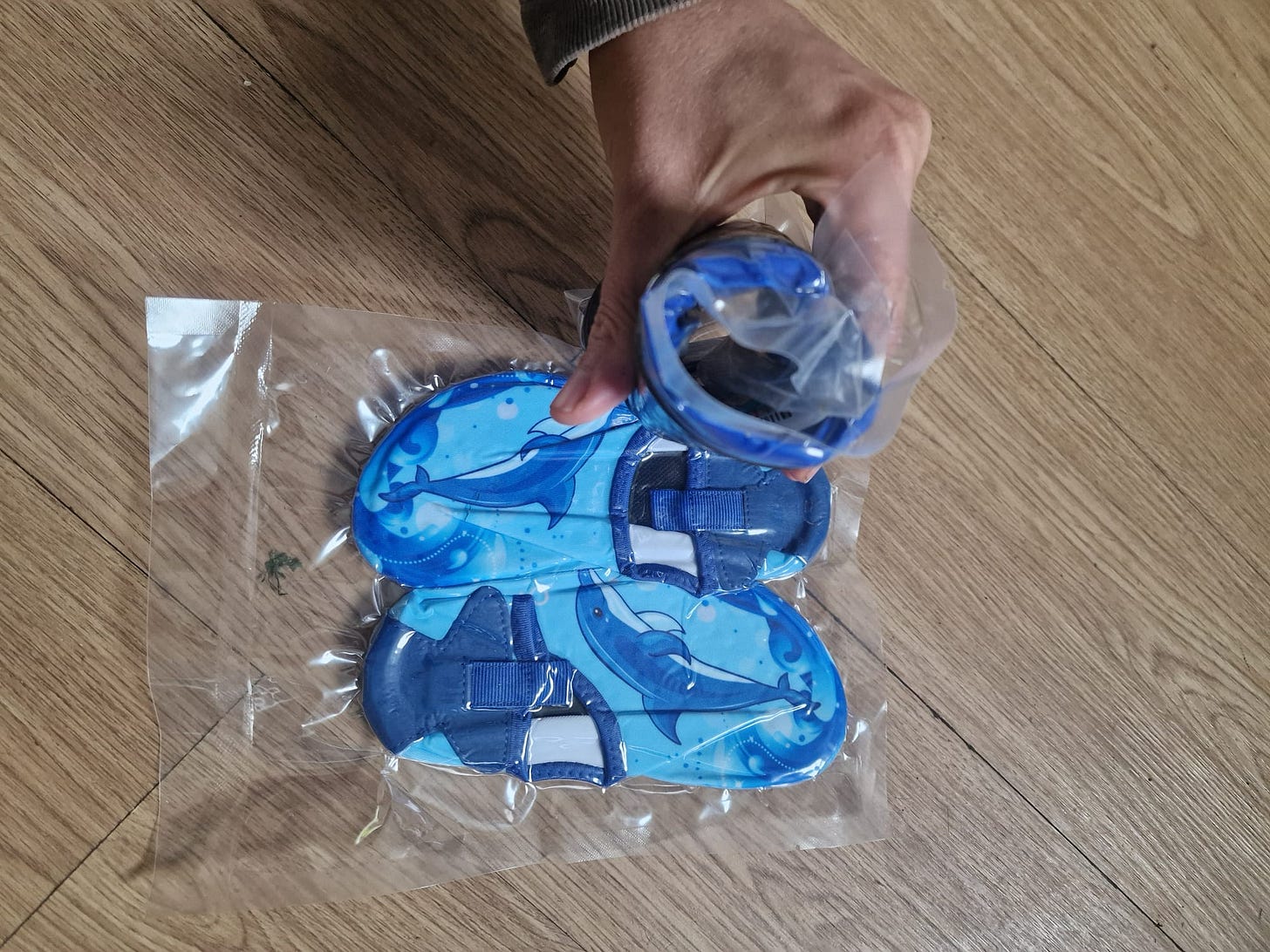
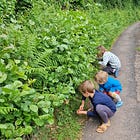

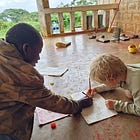
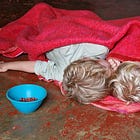



I've found BeLenka makes the widest barefoot shoes I've tried, if you don't mind that the soles are thicker than other barefoot brands. For very small walking feet Bundgaard do the most flexible/widest barefoot gumboot I've come across for toddlers. Obviously no shoes is best for that age group but not practical in winter!
We started letting our eldest go barefoot at the playground and she’s falling so much less. We already give her soft, foot shaped shoes. But even that was a problem, it seems. She no longer wipes out while running or climbing